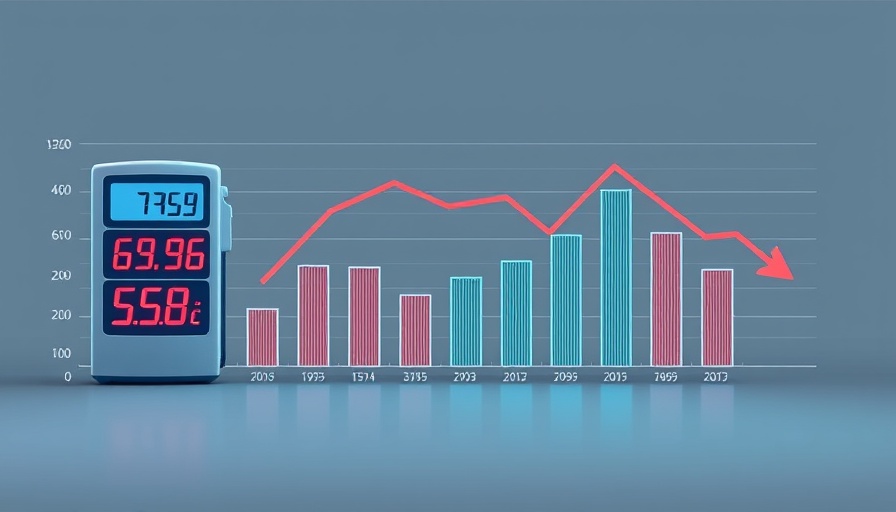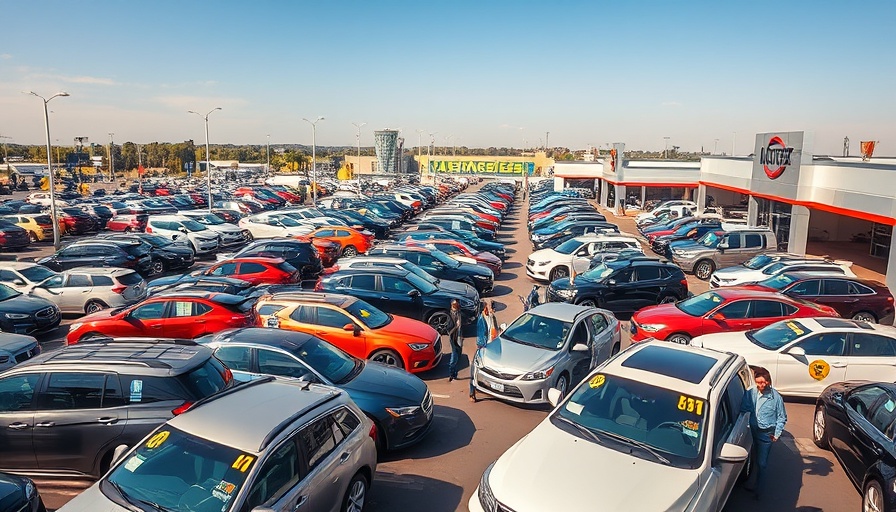
Understanding the Shift: Why Gas Prices are Dropping
Gas prices are on the decline as we move into what is typically a peak period for fuel costs. Recent data highlights that OPEC+ has decided to ramp up oil production by over 400,000 barrels per day, more than what analysts had anticipated. This decision is driving crude oil prices downward, which in turn is benefitting drivers at the pump.
The latest report by the Energy Information Administration (EIA) reveals a decrease in gasoline demand, dropping from 8.49 million barrels per day (b/d) to 8.42 million b/d. Coupled with a slight decrease in total domestic gasoline supply, this downward trend in demand and supply dynamics results in lower prices for consumers. In fact, current national averages show gas prices standing at $3.22 a gallon, a slight rise from last month but significantly down from $3.61 a year ago.
Comparing Price Trends: Past vs Present
To illustrate this decline, let’s take a look at how prices have changed over the past few months:
- **Today’s Average:** $3.22
- **One Month Ago:** $3.08
- **One Year Ago:** $3.61
This comparison emphasizes how current prices are lower than what consumers saw last year, as market conditions shift. Even states known for higher prices like California ($4.92) and Hawaii ($4.52) are feeling the impact of these market changes.
Looking Ahead: What Consumers Need to Know
As we look to the future, these fluctuating gas prices can influence various aspects of automotive ownership, including maintenance and repair costs. With lower fuel costs, drivers may feel encouraged to focus more on automotive maintenance. It’s essential for car owners to stay on top of maintenance schedules to keep their vehicles running smoothly, especially as they may be driving more frequently due to lower fuel expenses.
Overall, understanding the changing gas prices not only helps consumers budget for daily expenses but also encourages them to invest in proper automotive upkeep.
 Add Row
Add Row  Add
Add 




 Add Row
Add Row  Add
Add 

Write A Comment